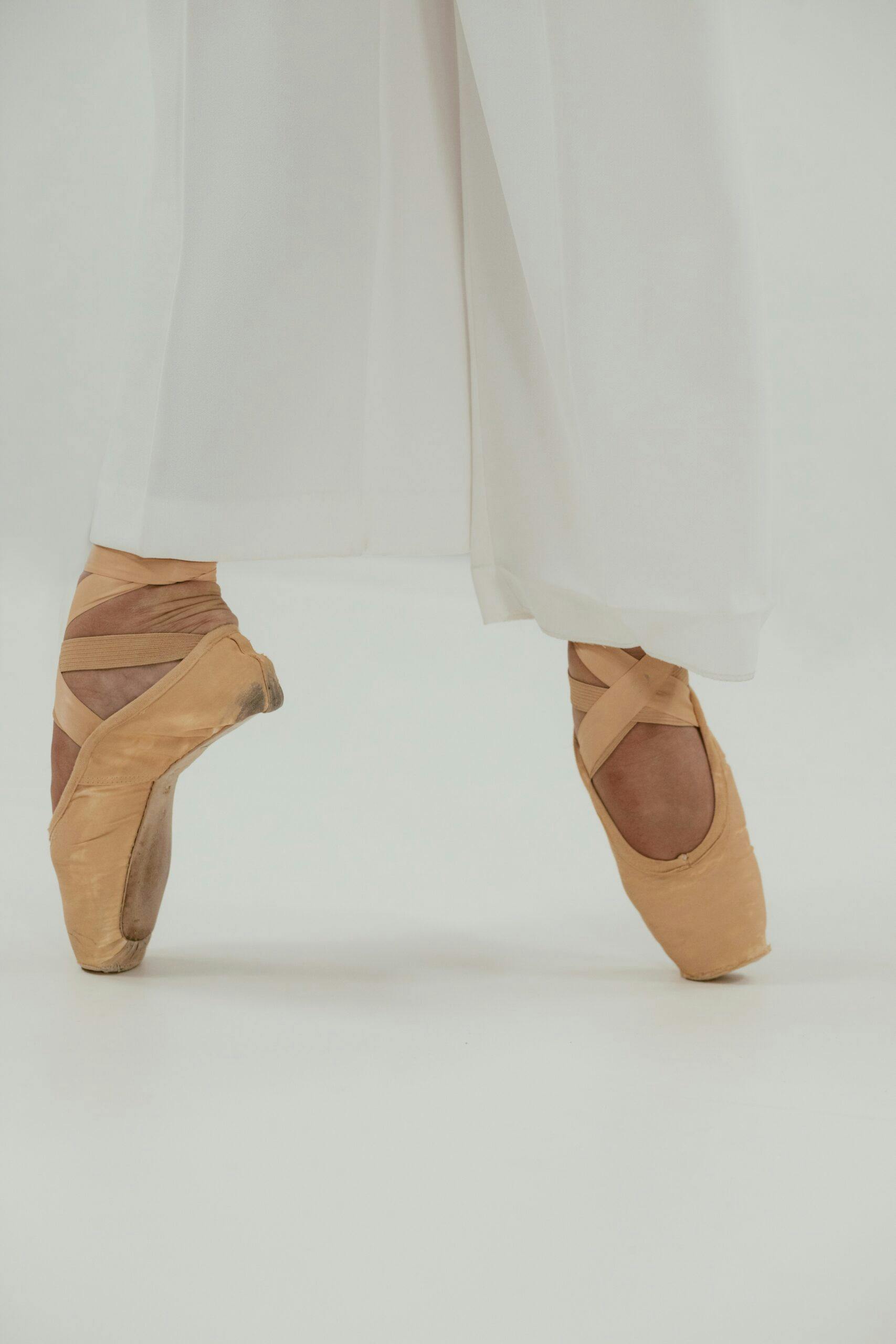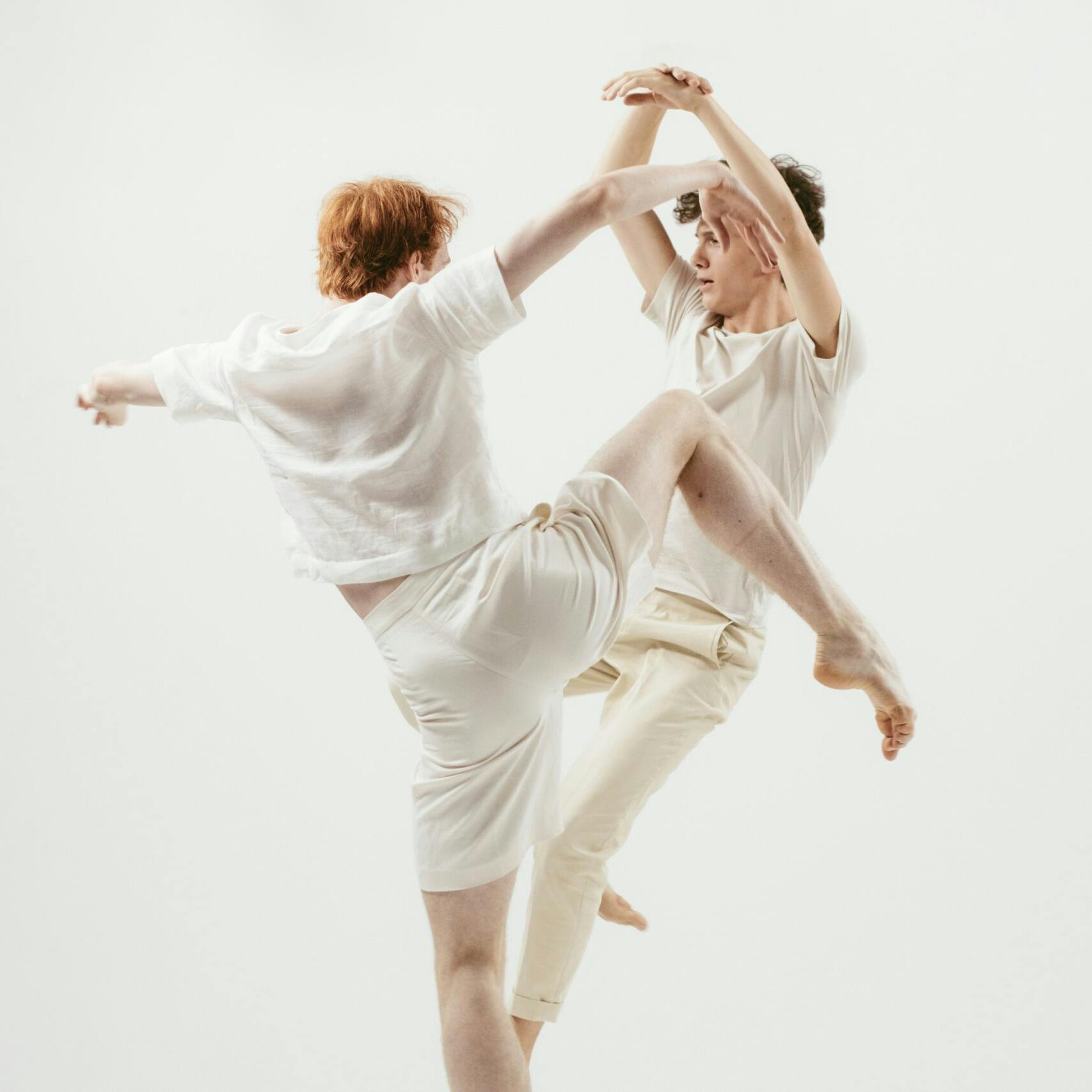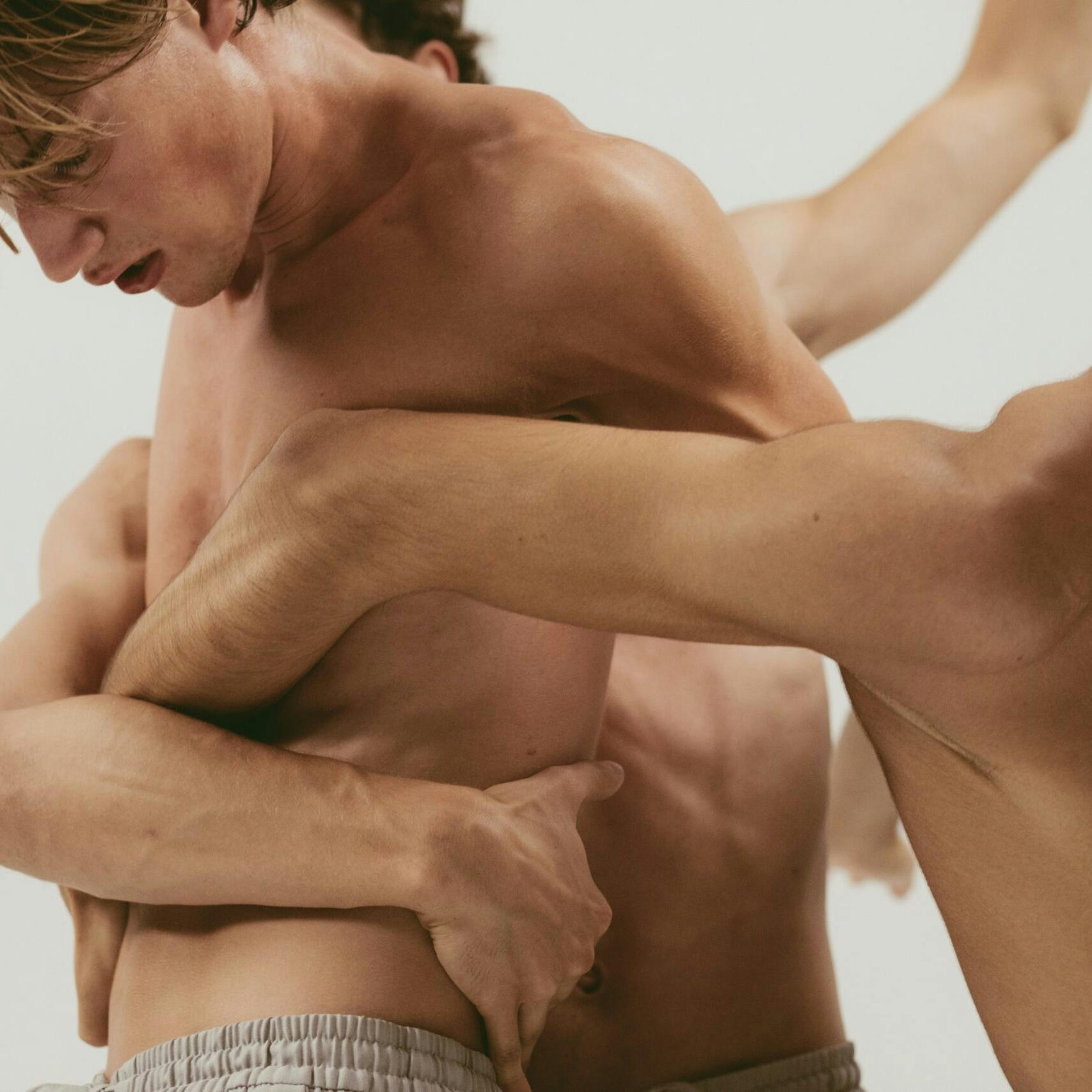Essay
The first consideration: bodies of artists in an art of bodies
by Anna Beke
The 18th century dance reformer Jean Georges Noverre is celebrated primarily as a pioneer of the ballet d’action, a precursor of our beloved 19th century narrative ballets. However, he also expressed, in a very blunt manner, his views on the absolute standards of bodily perfection required of professional dancers. He believed that anyone who did not meet these standards should be excluded from the profession, on the grounds that “the first consideration to be taken is that of physique”.

Dance medicine at Munich’s Ballet Academy of the University for Music and Performing Arts
“Besides, Sir, dancers who are deficient in their statures, features and intelligence, and who have obvious and repulsive defects, should renounce the stage and take up, as I have said already, another occupation which demands less bodily and facial perfection.”
ー Jean Georges Noverre, Lettres sur la Danse et sur les Ballets (1760)
The 18th century dance reformer Jean Georges Noverre is celebrated primarily as a pioneer of the ballet d’action, a precursor of our beloved 19th century narrative ballets. However, he also expressed, in a very blunt manner, his views on the absolute standards of bodily perfection required of professional dancers. He believed that anyone who did not meet these standards should be excluded from the profession, on the grounds that “the first consideration to be taken is that of physique”. Elaborating further, Noverre wrote: “If his natural defects be irremediable, he must renounce at once, and completely, the thought conceived of the advantage of competing in the pleasure of others. Should these defects be capable of remedy by care [and] constant exercise, […] then it is imperative not to neglect a single effort which can remedy the imperfections over which he desires to triumph.” This can be read as a piece of advice for young people, whom he warns: “There are still persons who begin too late, and who take up dancing at an age when they should be renouncing it.”
Noverre wrote his detailed treatise on the physical attributes required of professional dancers in the second half of the 18th century, describing qualities such as strength and flexibility of the limbs, a harmonious and symmetrical physique, and the so-called en dehors or turn-out of the legs in the hip socket, on which the entire vocabulary of movement of the danse d’école is predicated. Although he is the best-known early dance theorist today, Noverre was by no means the first to commit such ideas to paper. 150 years earlier, in 1623, François de Lauze stated in his Apologie de la Danse that dance could, on the one hand, correct postural flaws, but that on the other hand it required a ‘proper form’ and that only those with well-proportioned bodies would ever be capable of truly graceful movement. In 1723, the British dancing master John Weaver published the first treatise on dance written from an anatomical perspective, his Anatomical and Mechanical Lectures upon Dancing.
Ever since these early attempts at codifying particular dance aesthetics, teachers and theorists have been trying to identify the exact physical attributes that predispose certain people for a career in dance. By contrast, dance medicine – the science of treating and healing dancers in a holistic way – has only emerged as a distinct field of study very recently. In Germany, the first dance-specific papers were published as a sub-category of sports medicine in the 1980s. When ta.med, the German Association for Dance Medicine, was founded in 1997, it was the largest national organisation of its kind in the world, and Germany took on a pioneering role in this new field. The organisation offers training and specialist advice, and is the first port of call for dance practitioners working in a variety of dance forms, from amateurs to professionals. Every two years, the ta.med Congress for Dance Medicine brings together doctors, therapists, sports scientists, dancers and dance teachers to discuss the latest developments in the field. The first master’s degrees in dance science and dance medicine were established in 2015 – an important step in charting this new field.
The need for dance medicine and applied dance science has never been greater, as the physical demands made on professional dancers are reaching an all-time high. The renowned former Balanchine ballerina Patricia McBride said in a memorable interview: “None of us could do what these ballet kids now can do, not by a million times.” Dancers today are expected to master a variety of physically demanding and virtuosic styles, drawing on a repertory of movements that is almost limitless. Classical ballet with its strong vertical axis and pointe work is merely one pole in this great spectrum, the other end of which is occupied by contemporary dance with its floorwork and gravitational falls.
The main goal of dance medicine must be to attend to the dancer throughout his or her life and career. In the early stages of dance training, this includes assessing children’s aptitude and physical ability. Such anatomical examinations were first documented during Marius Petipa’s time at the Imperial Ballet Academy in St. Petersburg in the mid-19th century, but had most likely been taking place for much longer. As dancers’ careers progress, regular medical checks are necessary to evaluate their physical and mental health. Towards the end of a performing career, special coaching may be needed to help them gradually reduce their training load. The diagnosis and prevention of injuries, and the treatment (physical therapy and rehabilitation) of an injury once detected, are other important applications of dance medicine. Why did the injury happen? How can a full recovery be achieved in a very short time, while preventing chronic problems from taking hold? Dance scientists also work with dancers on their technique, taking into account their individual physicality and habitual ways of moving. They assess pain levels, distinguishing between ‘normal’ muscle soreness and pain that may indicate an injury or strain.
Nutrition is another key consideration: the principle “you are what you eat” applies to dancers as much as it does to anyone else, and a balanced diet is the best fuel for a healthy, high-performing body. It is well known that young female dancers are particularly susceptible to developing eating disorders and current trends such as veganism – encouraged by many as a way of slowing climate change – can also pose risks for dancers, contributing to low energy availability. On occasion, dancers need to be reminded that they, too, have only one body, which must last them a lifetime. It needs looking after, particularly when demanding peak levels of athletic performance of it. Periods of high intensity should be followed by rest and recovery time, which is something that dancers used to pushing through pain thresholds from a young age often neglect. For centuries, the dance industry has cultivated an understanding of the body as a ‘machine’, but such attitudes – which are evident in countless anecdotes, including George Balanchine’s derisive quote, “Young people don’t have injuries. Go home and read fairy tales” – are thankfully falling out of fashion. Innovative organisations such as ta.med and many academies and ensembles are working hard to achieve a cultural shift in this regard.
The directors of the Munich Ballet Academy are keen to integrate dance medicine into all aspects of the core curriculum, combining theoretical knowledge with more practical approaches: Students learn how their bodies function while also practicing alternative therapies such as Pilates, Gyrotonic and yoga. A new appointment to the faculty is supporting this effort: Mark Geifes, lecturer in dance medicine, started teaching at the Academy at the beginning of this year and is focusing on general and dance-specific anatomy. Himself a graduate of the Munich Ballet Academy, he danced with the Bavarian State Ballet for many years as a demi-soloist. He says: “It is lovely to return to these buildings in the Wilhelmstraße after more than 30 years.” When his performing career ended, Mark Geifes trained as physiotherapist and Pilates teacher, completing a BA in Physiotherapy in Amsterdam. He knew that he wanted to pass on his knowledge to new generations of dancers and has specialised in working with injured dancers from companies such as Introdans, Nederlands Dans Theater and Het Nationale Ballet in the Netherlands, as well as the Bavarian State Ballet in Munich, his adopted home town. He believes that it is a great advantage “to have danced professionally in both classical and contemporary styles, and to have first-hand experience of the physical and mental demands placed on dancers: a short career, relentless workloads, many pressures and anxieties, and a tendency towards perfectionism.” It enables him to know “how to correctly perform certain movements, analyse patterns, identify weaknesses and suggest alternative physiological solutions for performing a particular movement.” Geifes’ long career as a dancer also helps him to explain “what exactly happens to the body during a warm-up or the equally important cool-down.” The cool-down as a period of recovery is often neglected, but both are essential for preventing injuries.
Mark Geifes encourages his students to take responsibility for looking after their own bodies: “Nobody else can listen to your body, or decide how far to push it today. Will you risk an injury, or can you ease off before you get hurt? How can you adapt a technique to fit your individual circumstances? What do you need in order to recover?” Another concern is what happens during periods of very intense pressure, such as the final weeks of rehearsals before a premiere or the period just before an important exam. “This is when rest and recovery shrink to almost nothing and physical structures can just give way.” When injuries recur or even become chronic, Geifes advises dancers to put their technique under the microscope. “Where are the pressure points? Small shifts or corrections can make a big difference in reducing strains.” He is convinced of the significance of teaching dance medicine to students: “How am I supposed to stand in first position if I don’t know what a leg axis is? How can I position myself correctly if I don’t know how to stabilise my centre? This is essential for young dancers, and remains so even when they stop dancing. And as we all know, life after dance is a lot longer than the dance career itself.”
Dancers’ bodies are instruments and capital in equal measure. Treating them with care and respect from the very beginning is as important for the young dancers themselves as it is for the academy’s teaching staff. Talking about the audition process for dance students, the founder of the Munich Ballet Academy, Konstanze Vernon, said in an interview: “Ideally, we should make as few mistakes as possible in the early years. But it is difficult, because the body is all we have to go on.” And so, the body is indeed, as Noverre writes, “the first consideration.” Dance is an art of bodies, and the body of the dancer is the body of an artist.
Translated by Lisa-Marie Bowler



